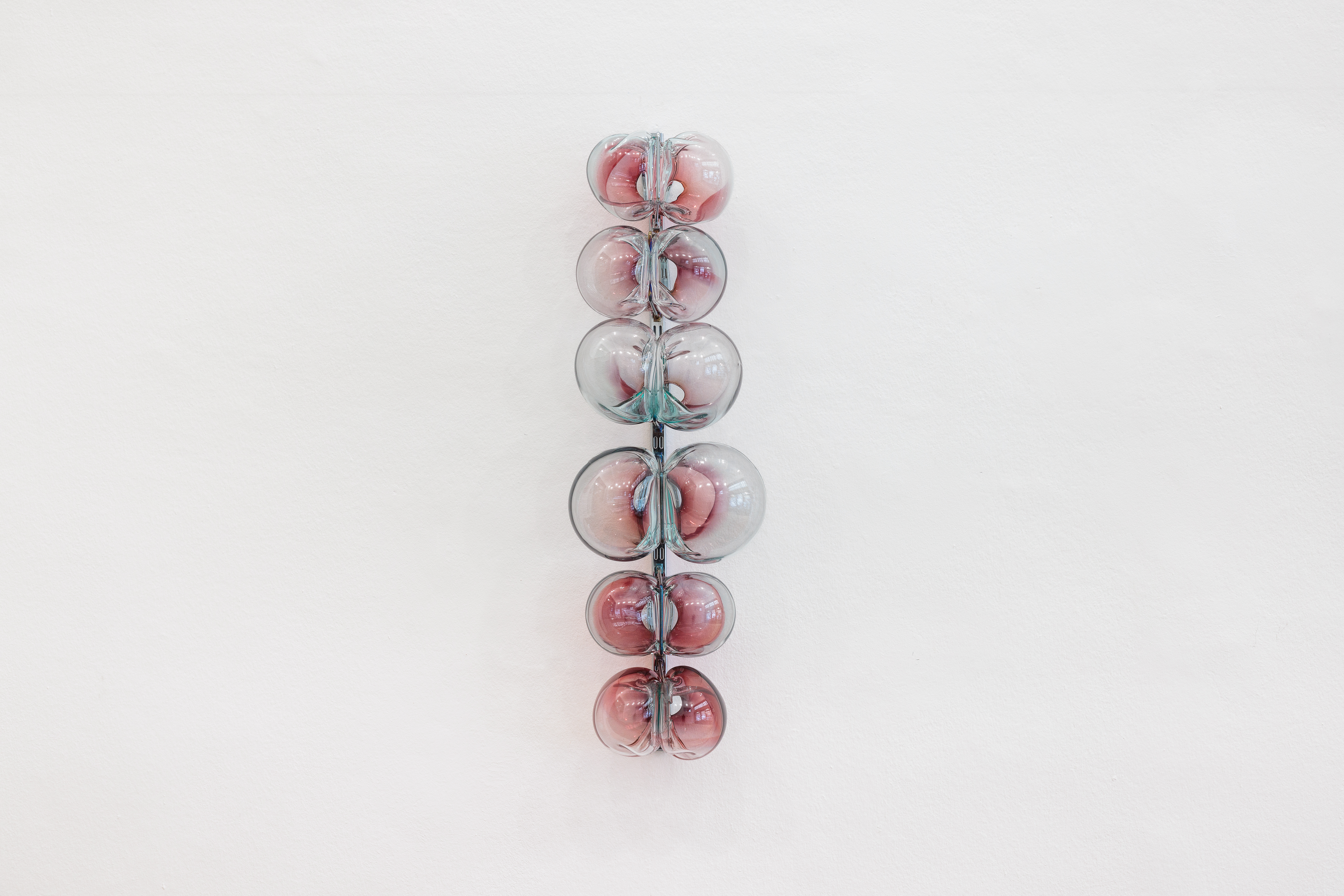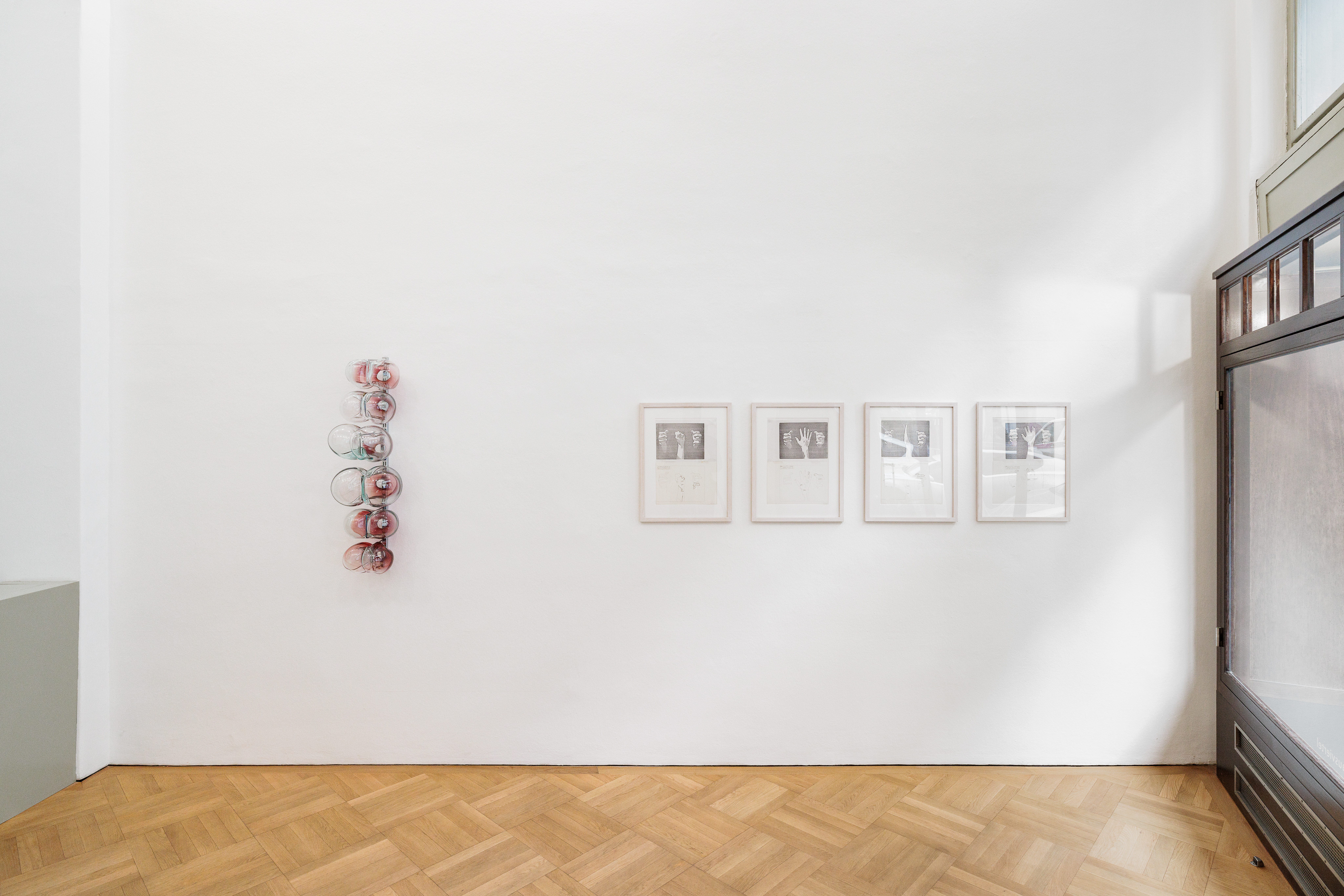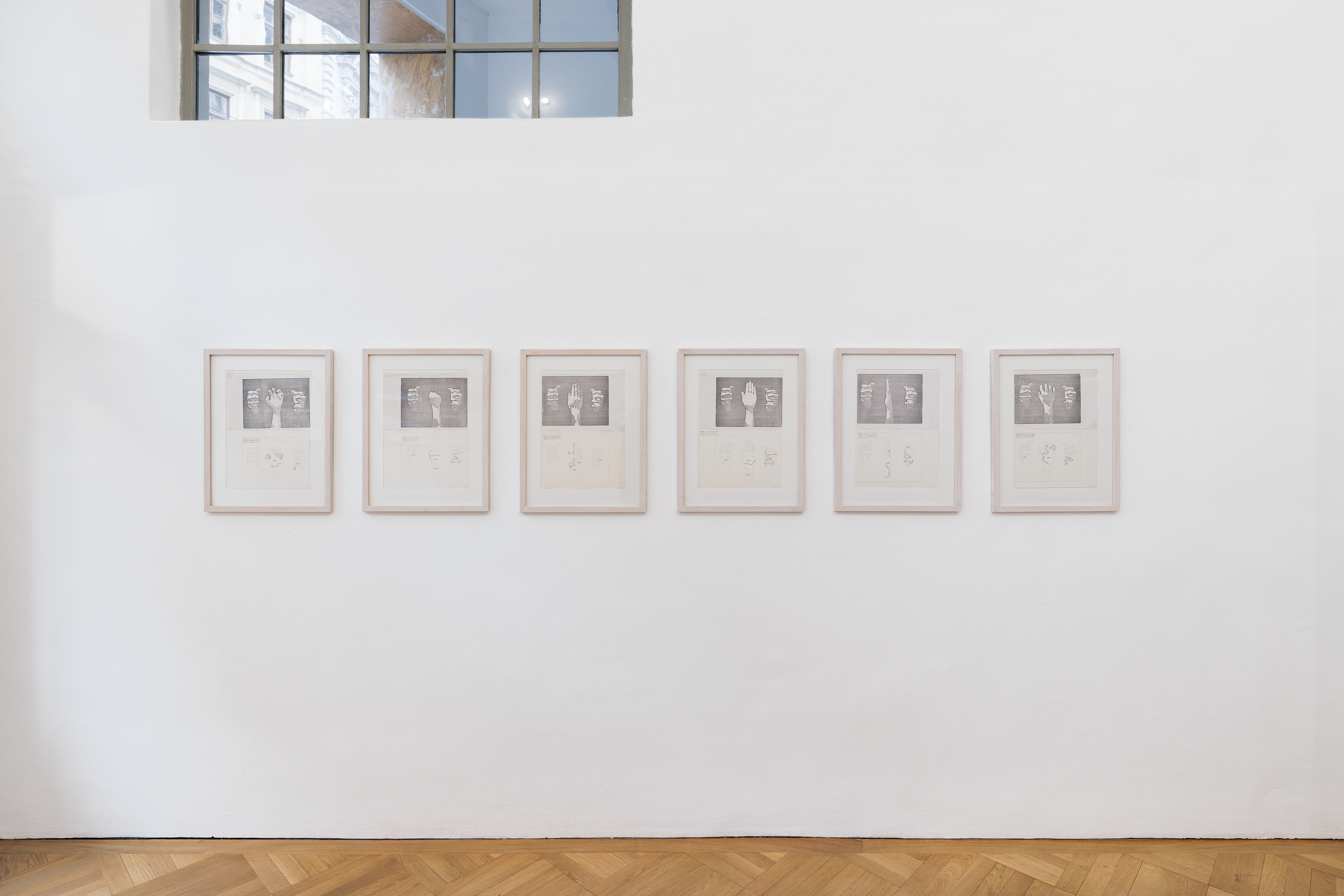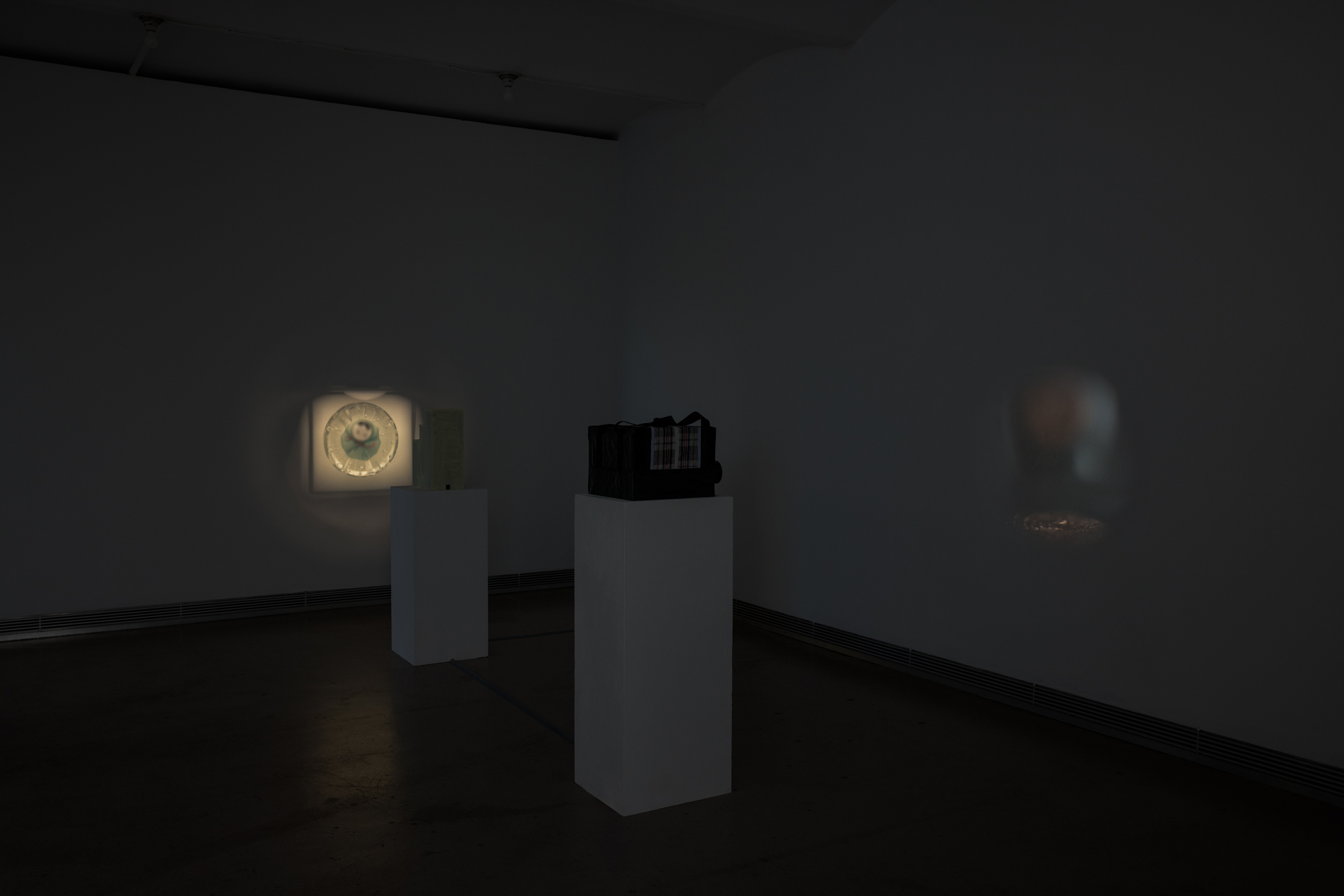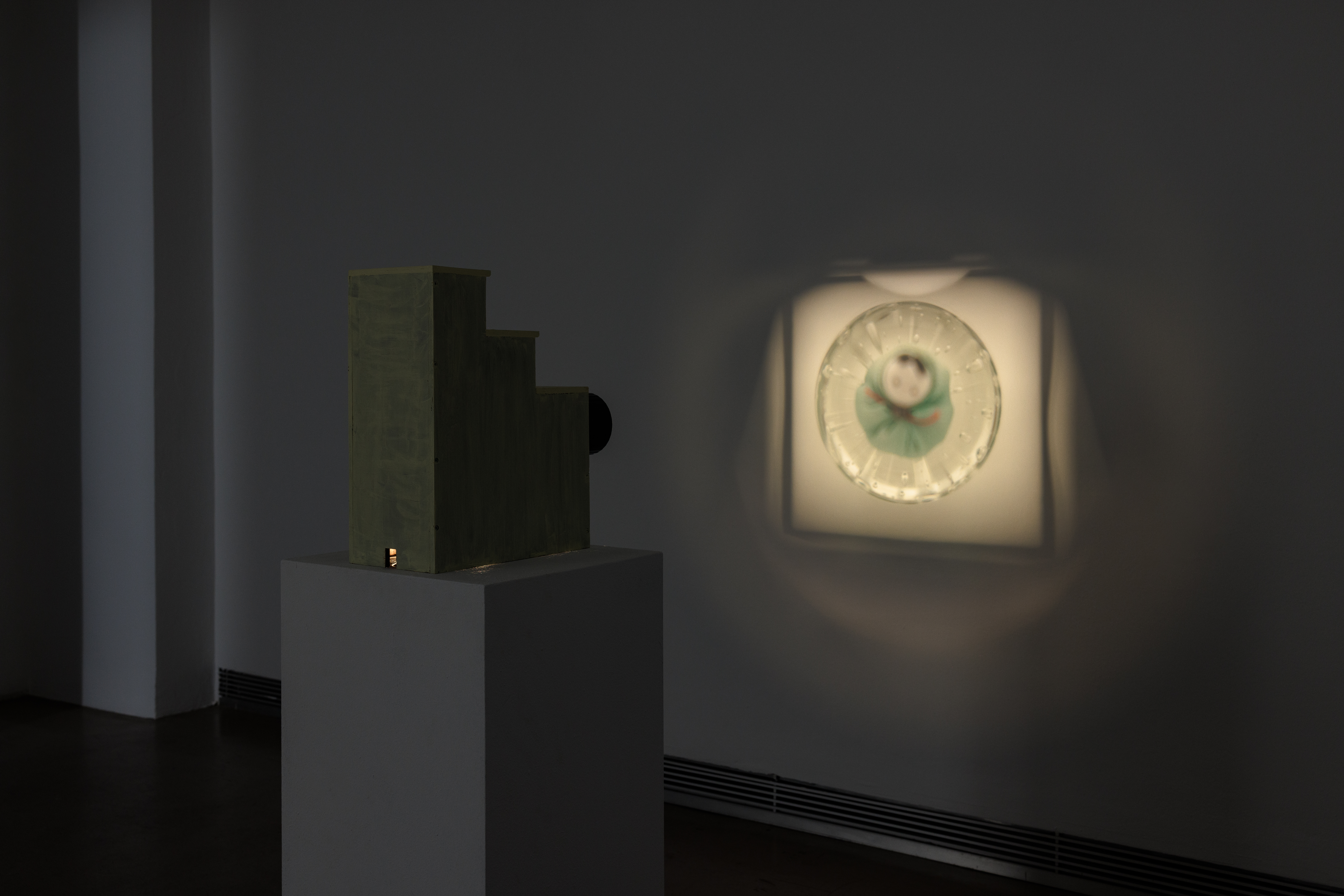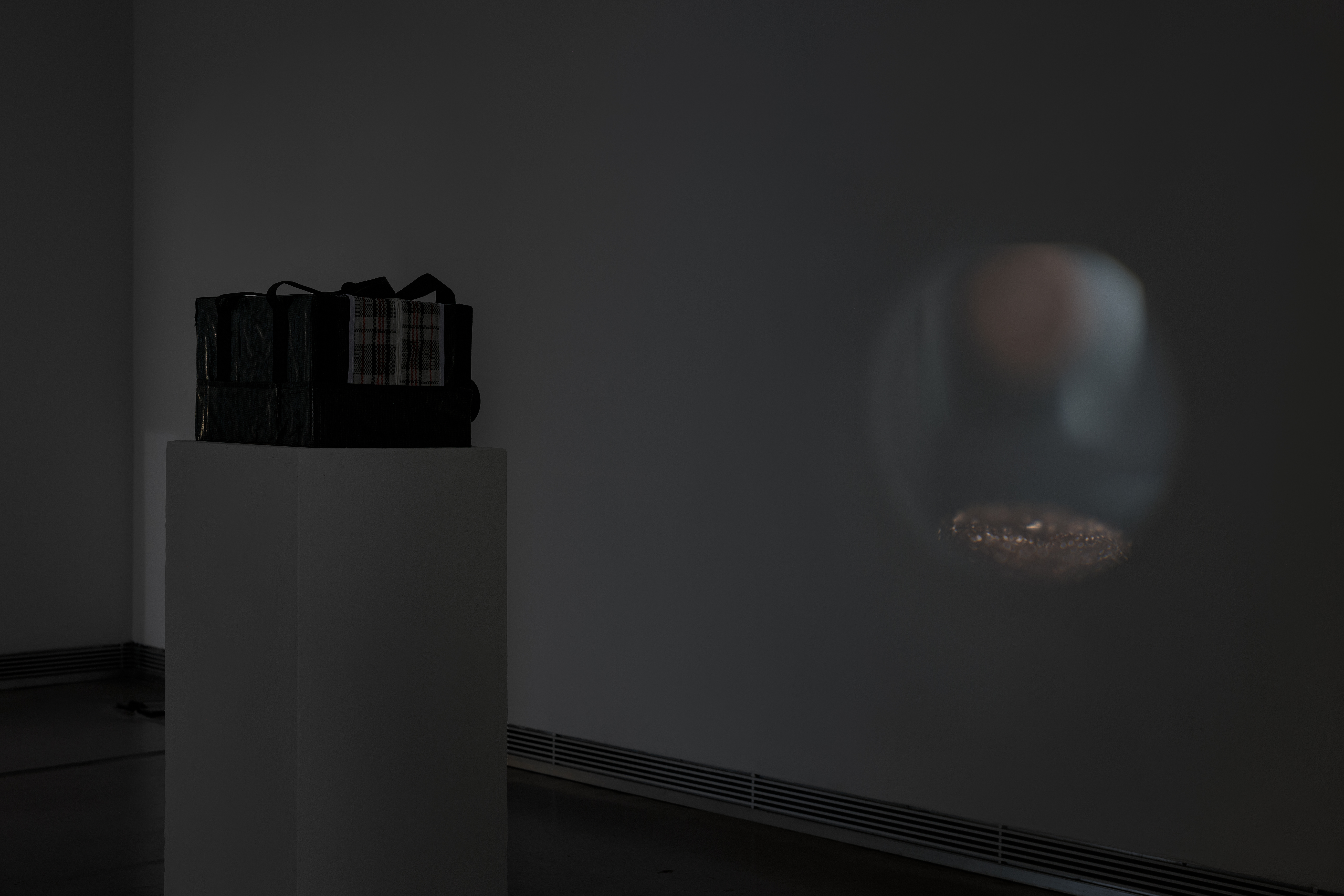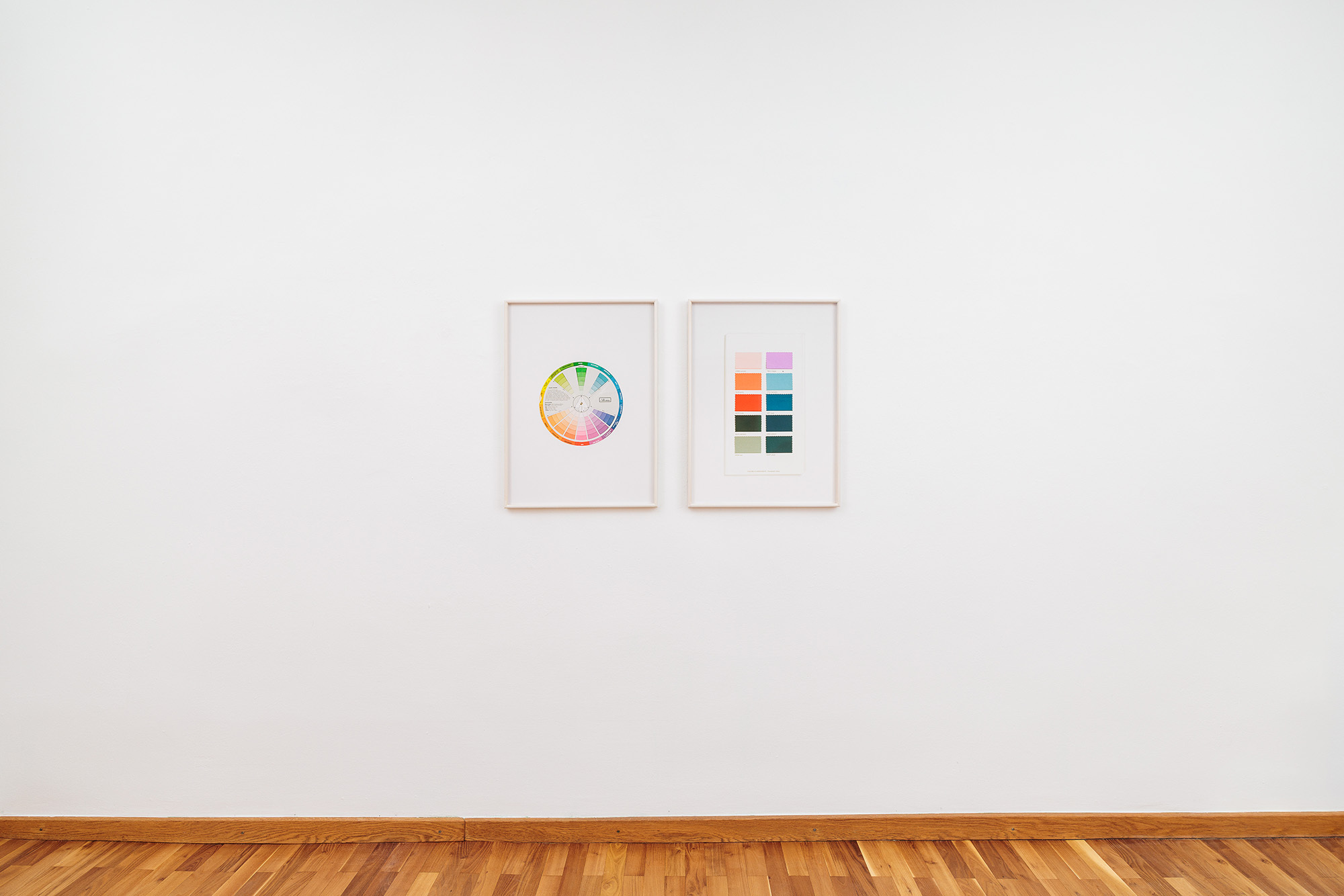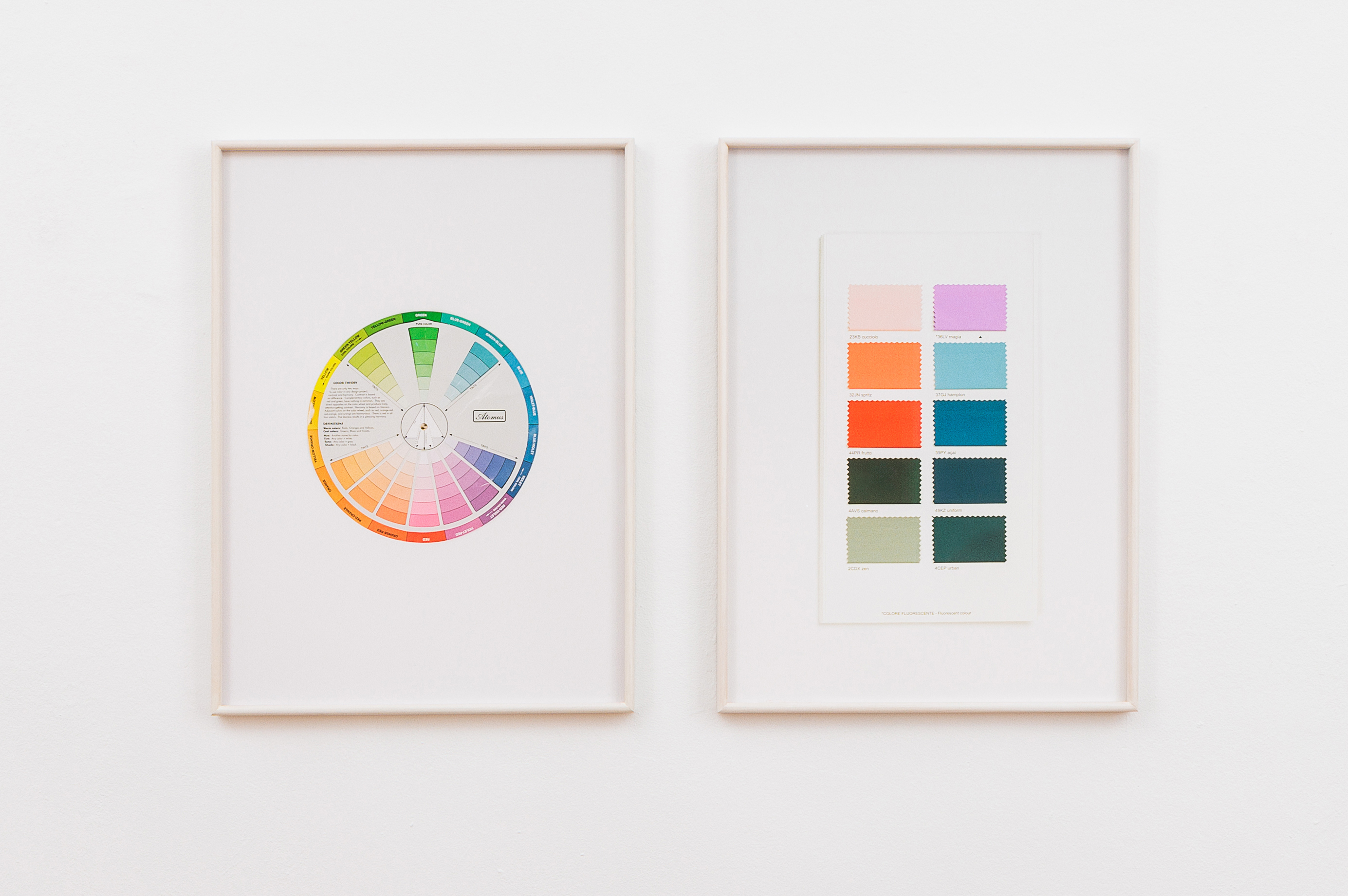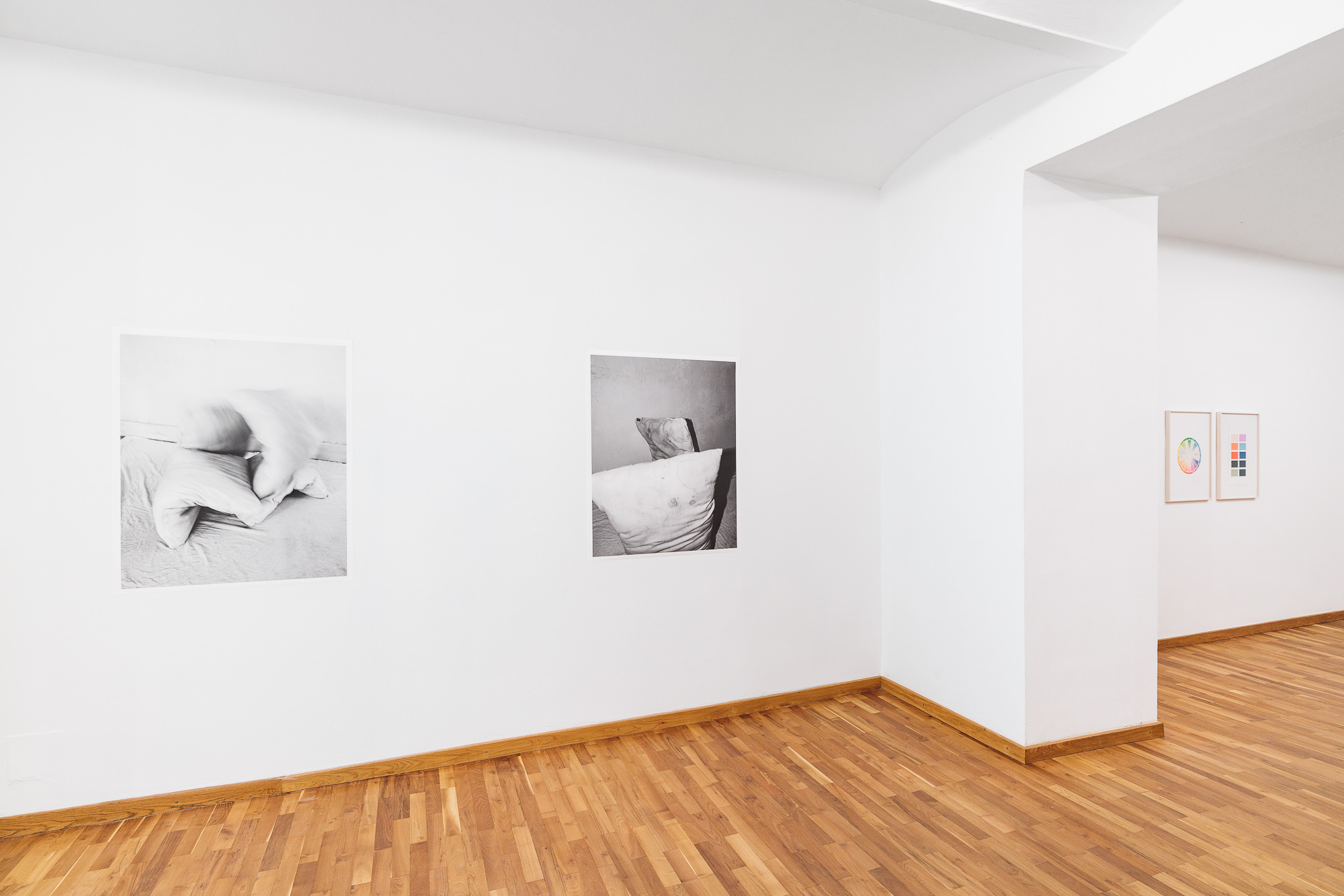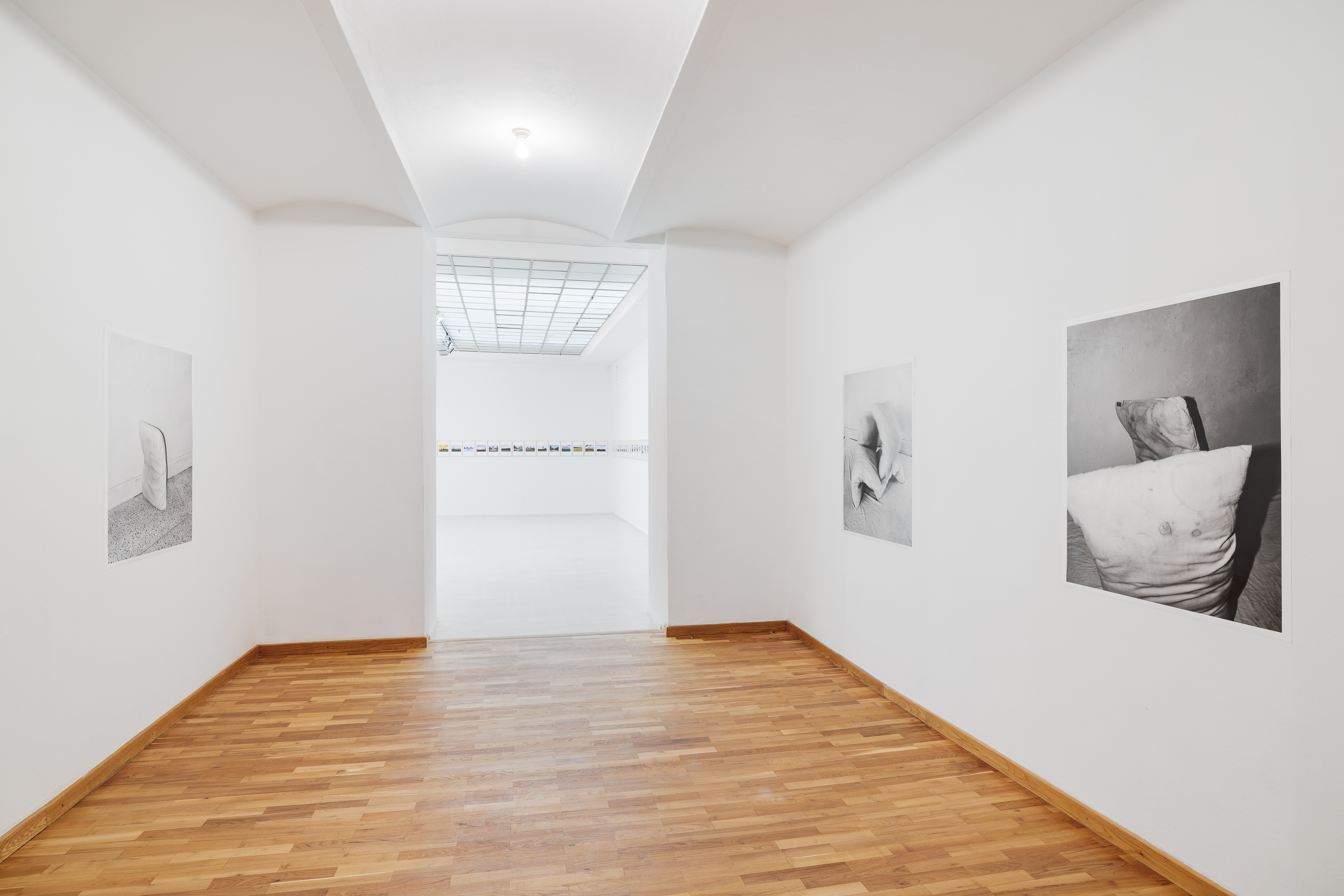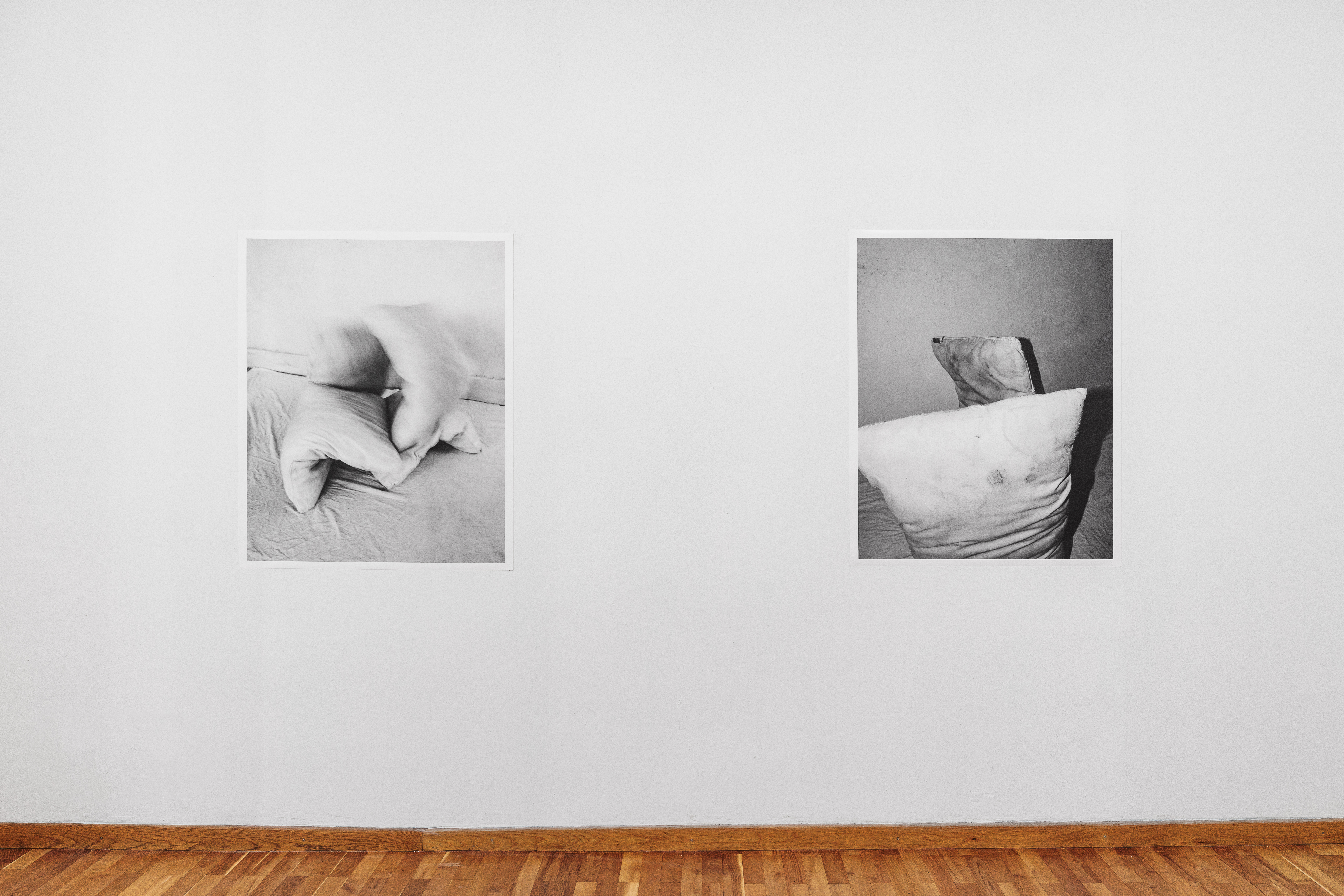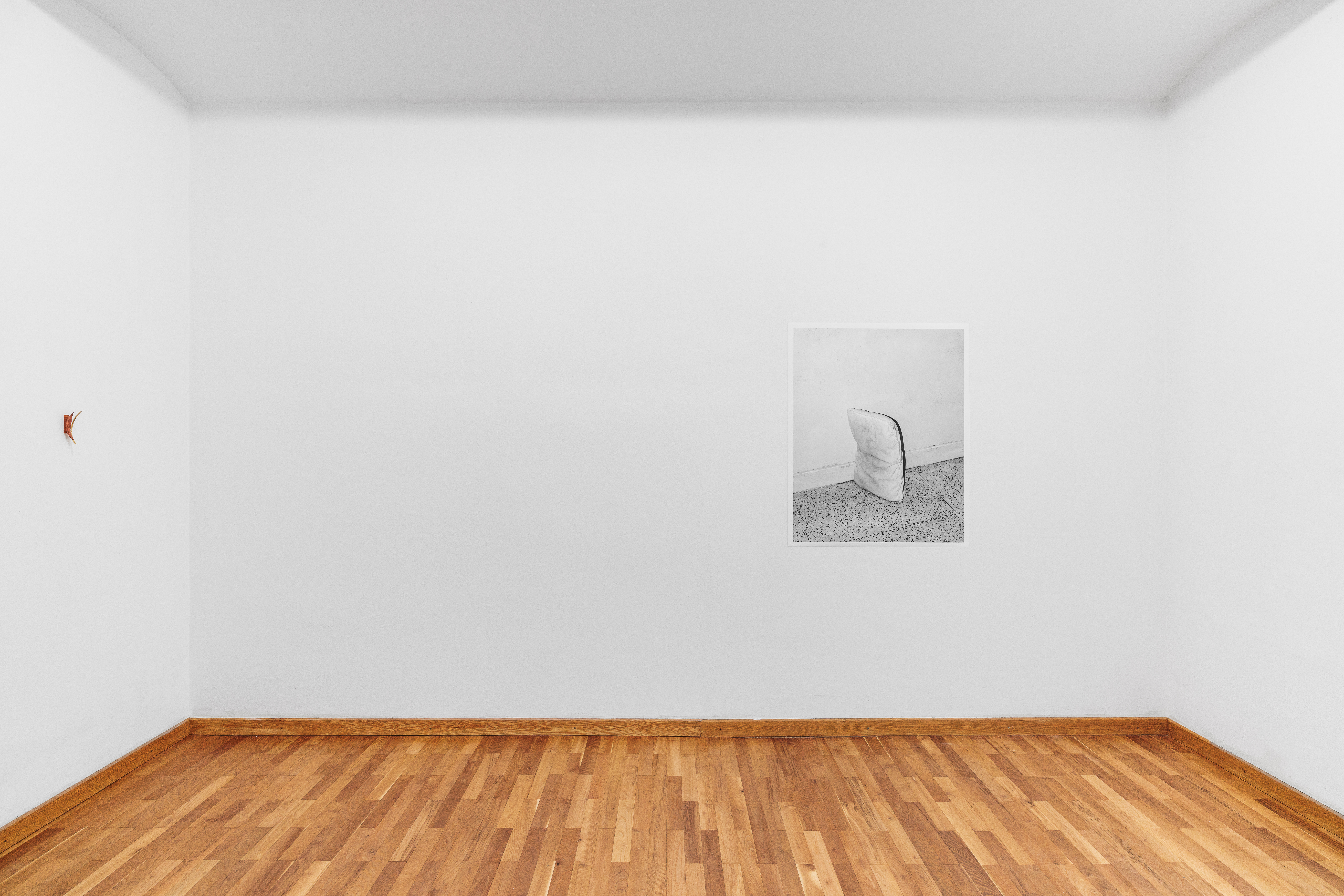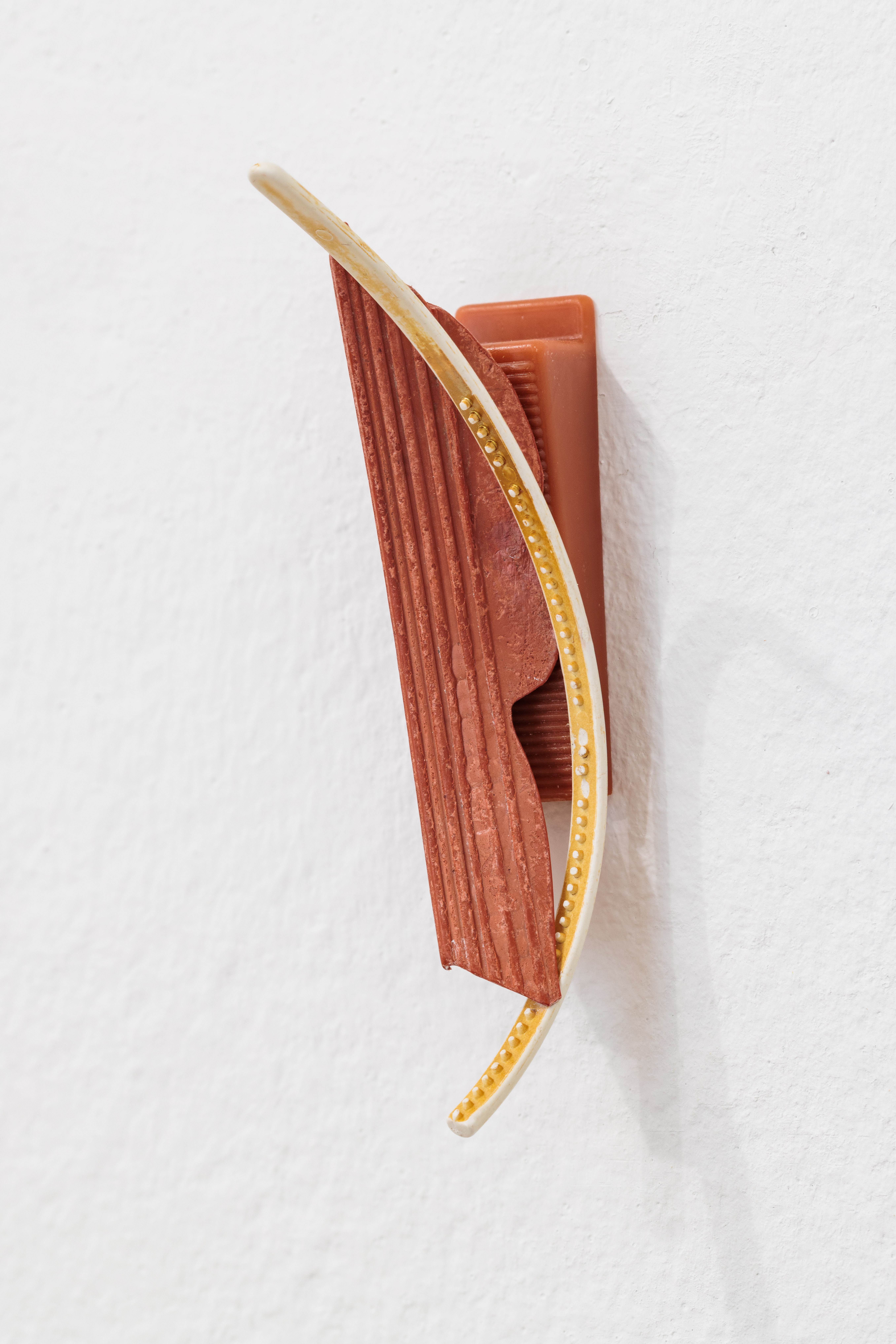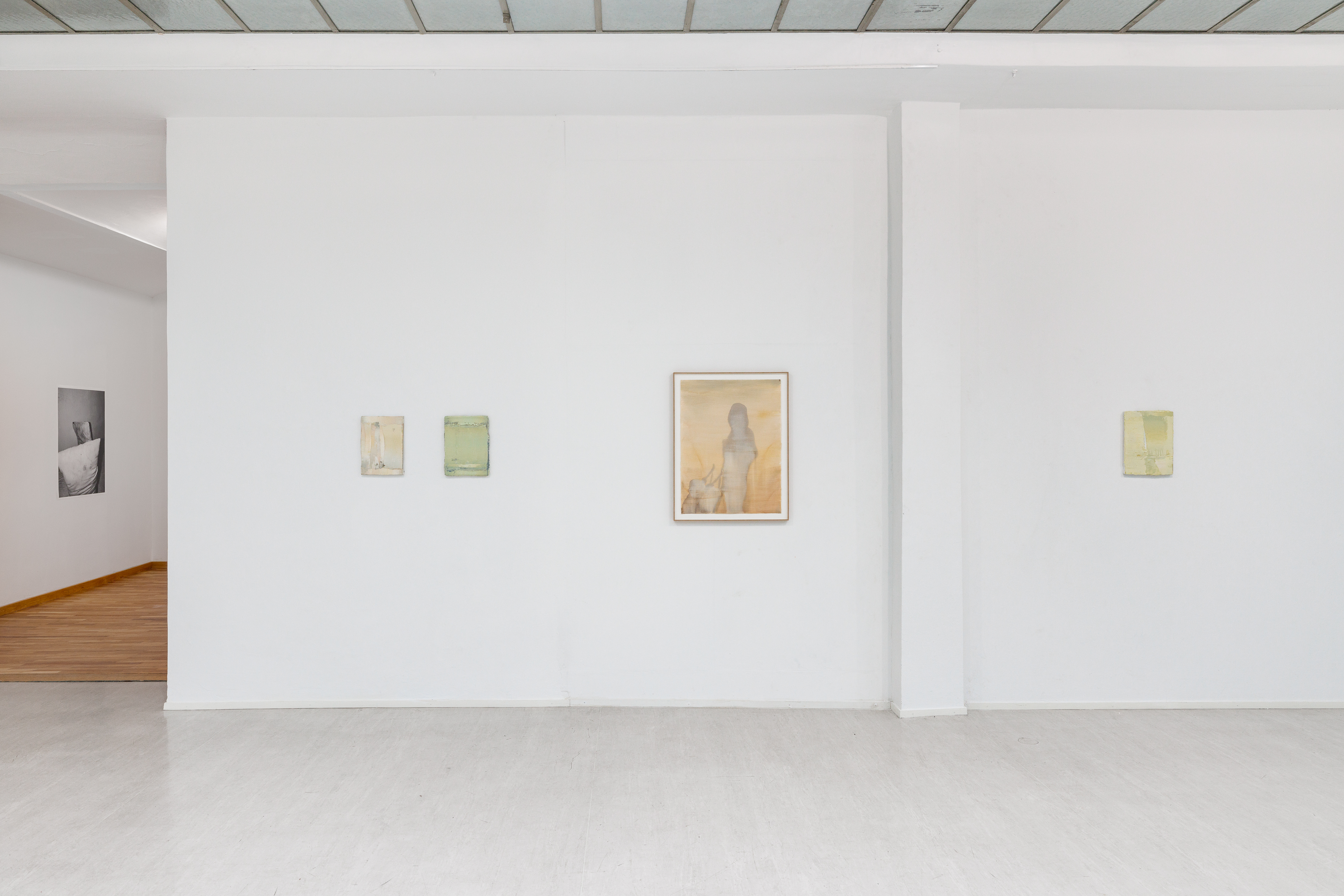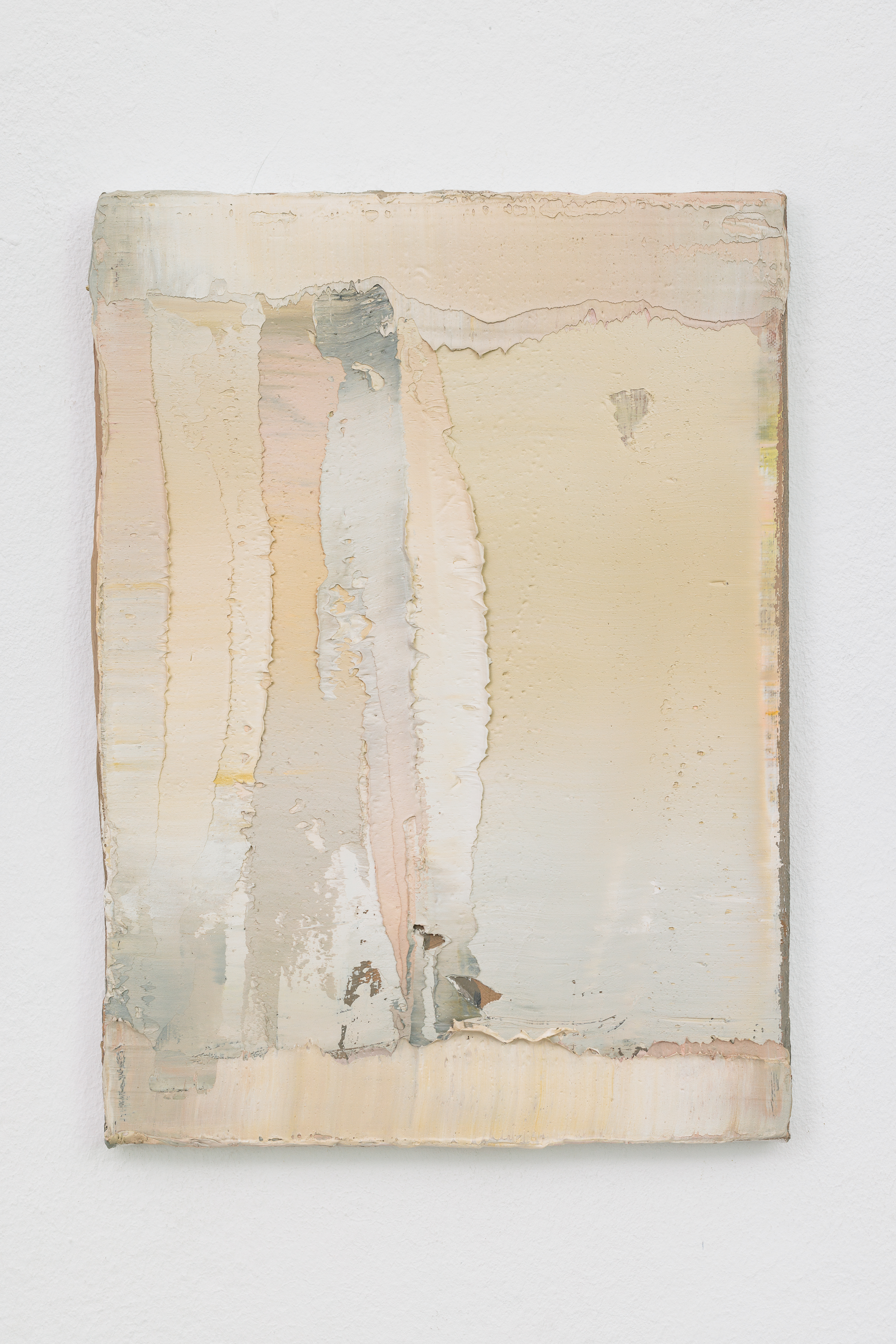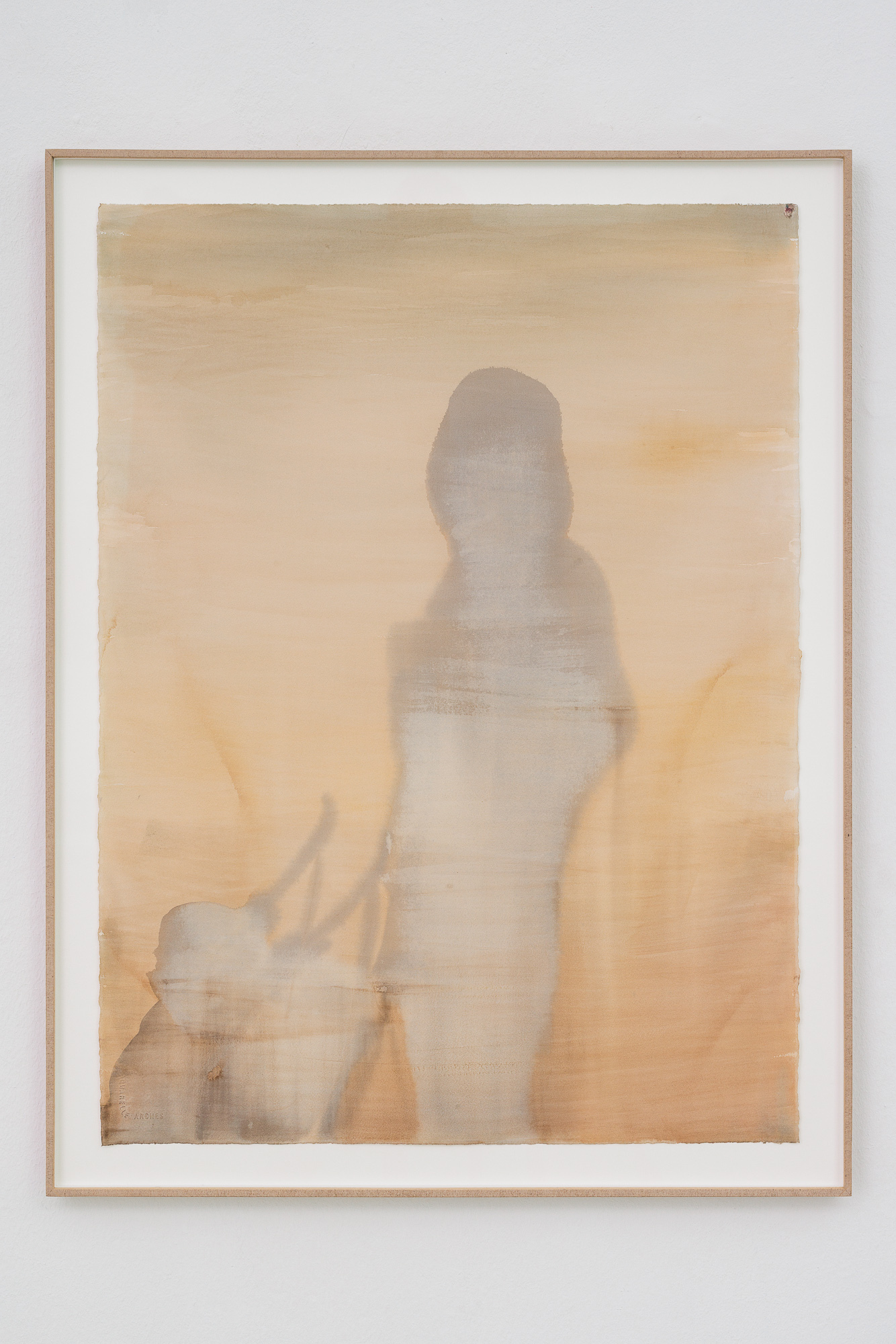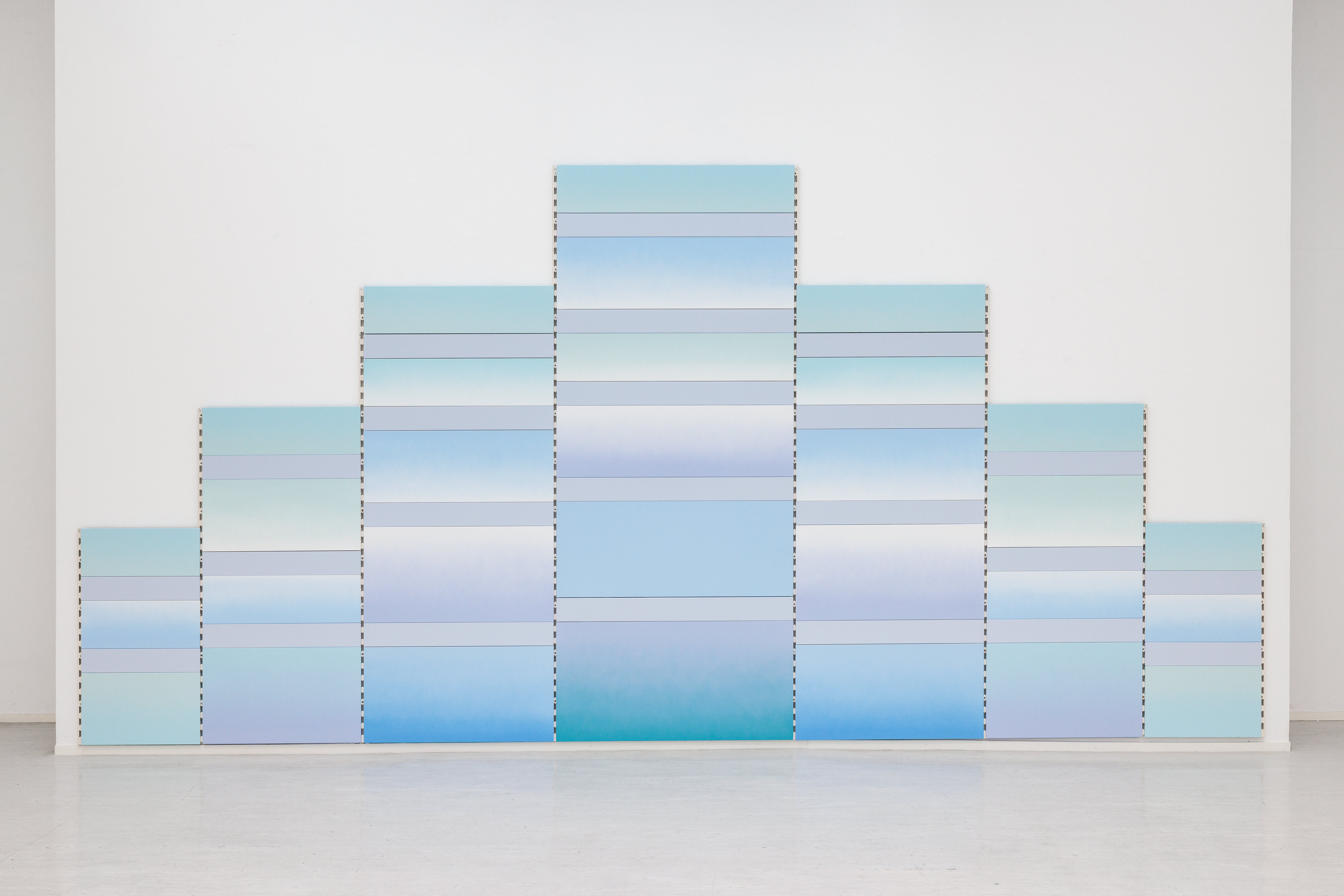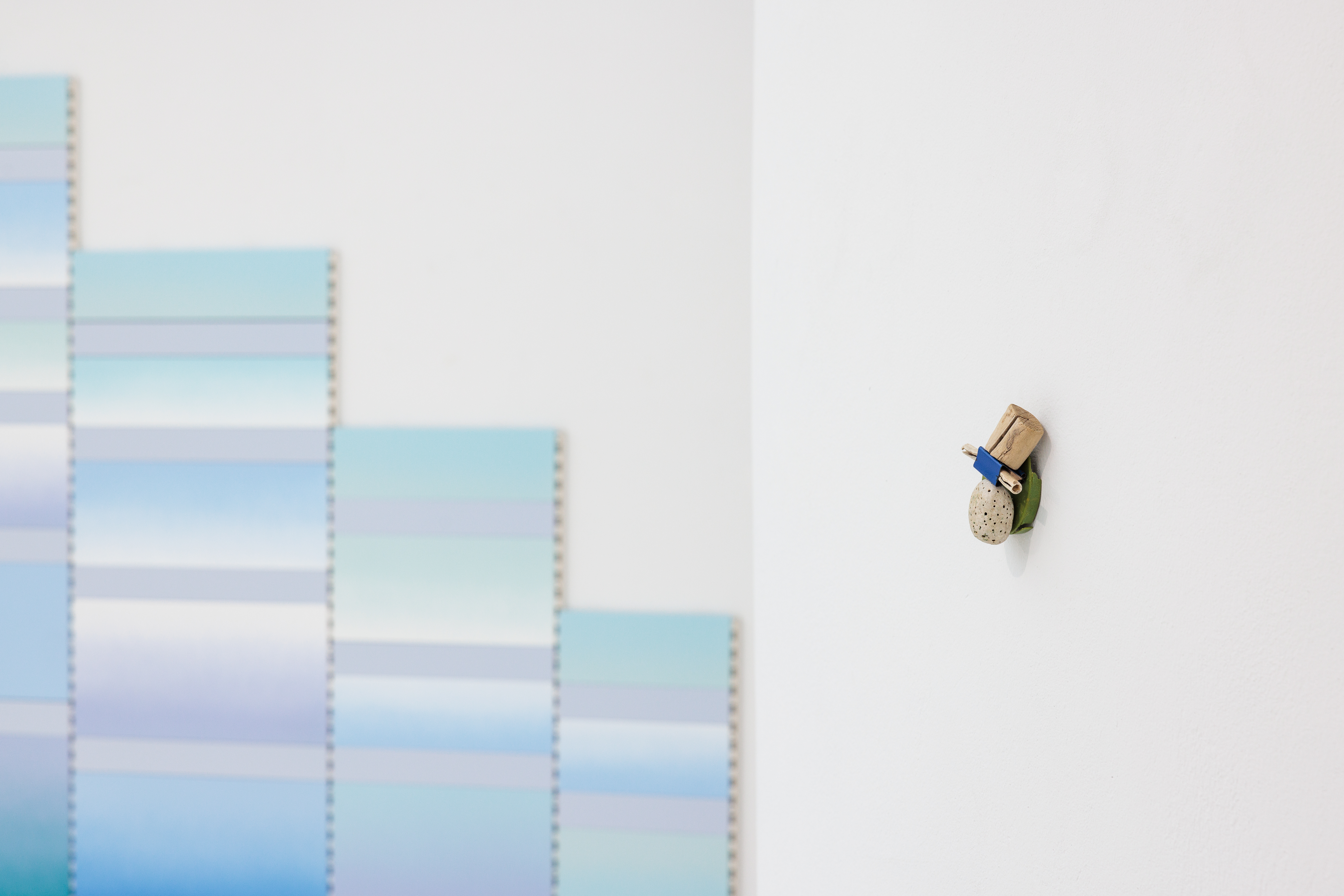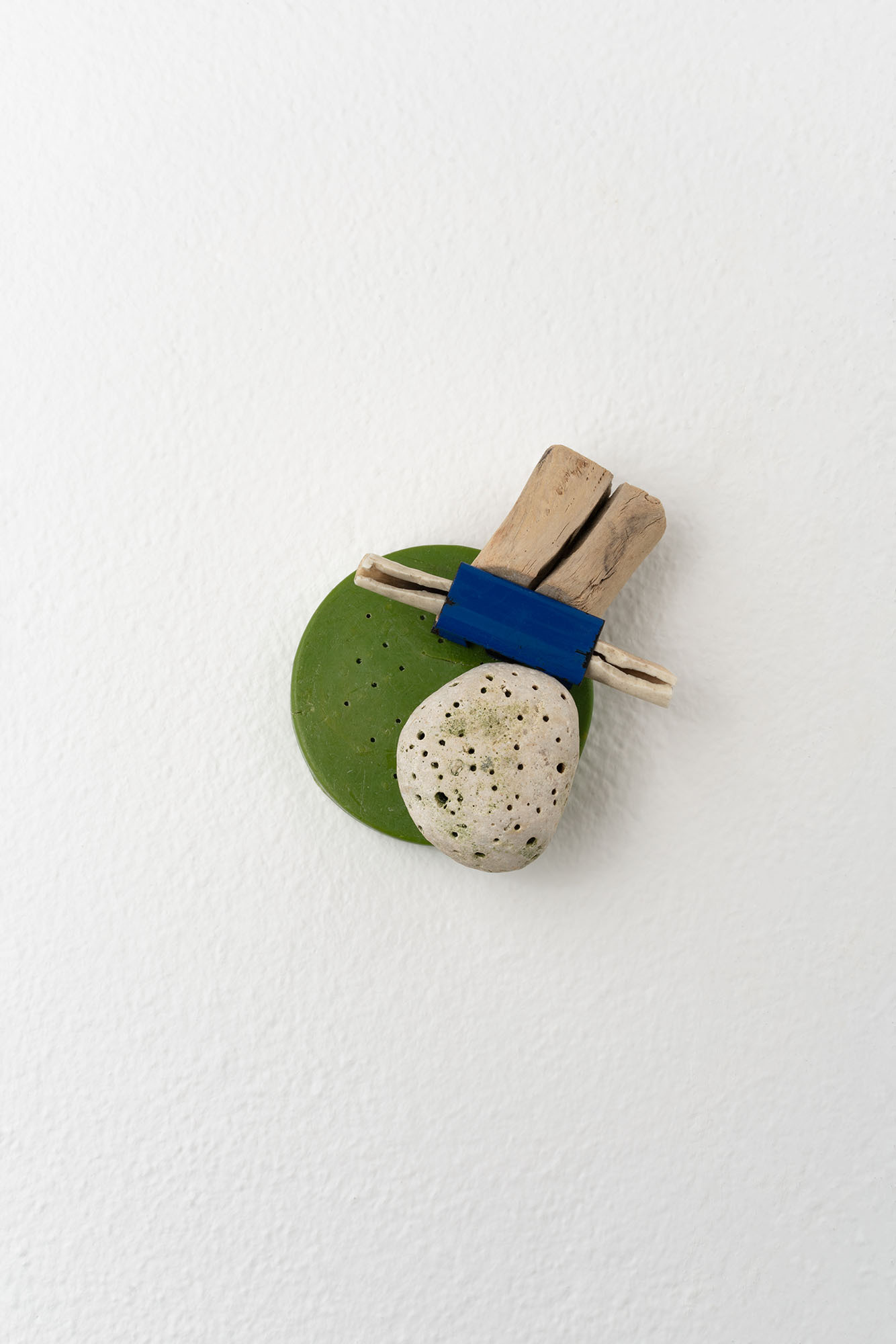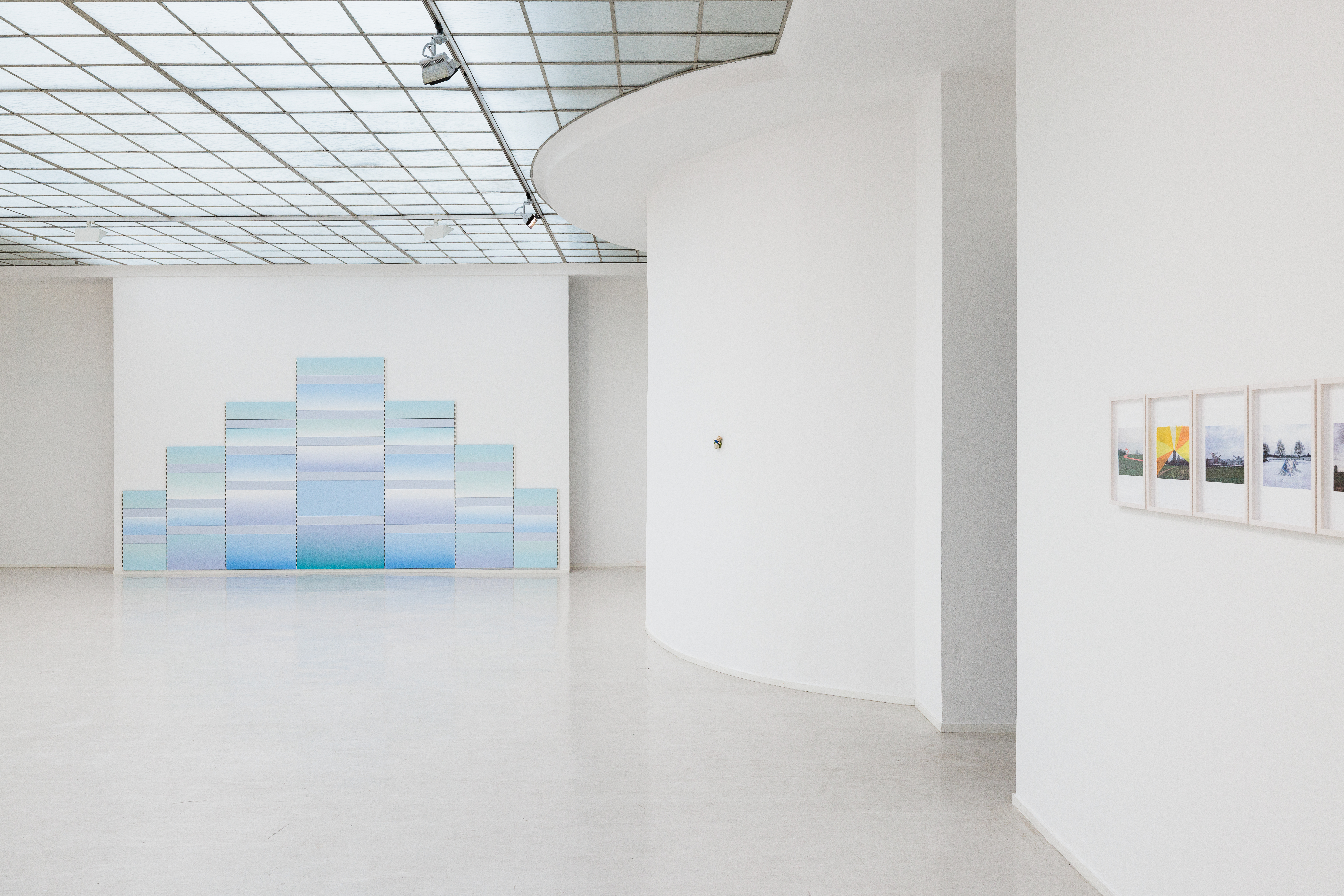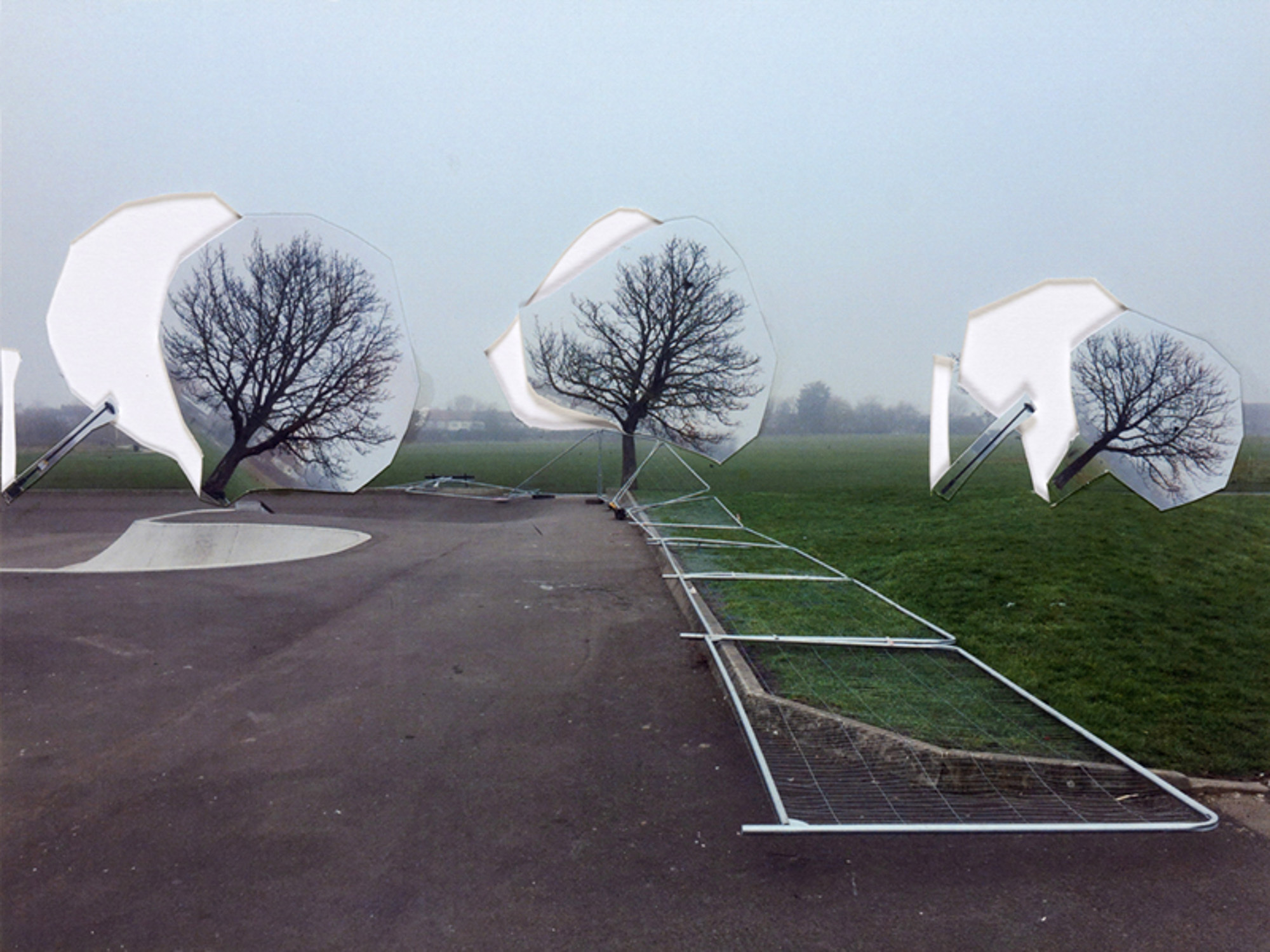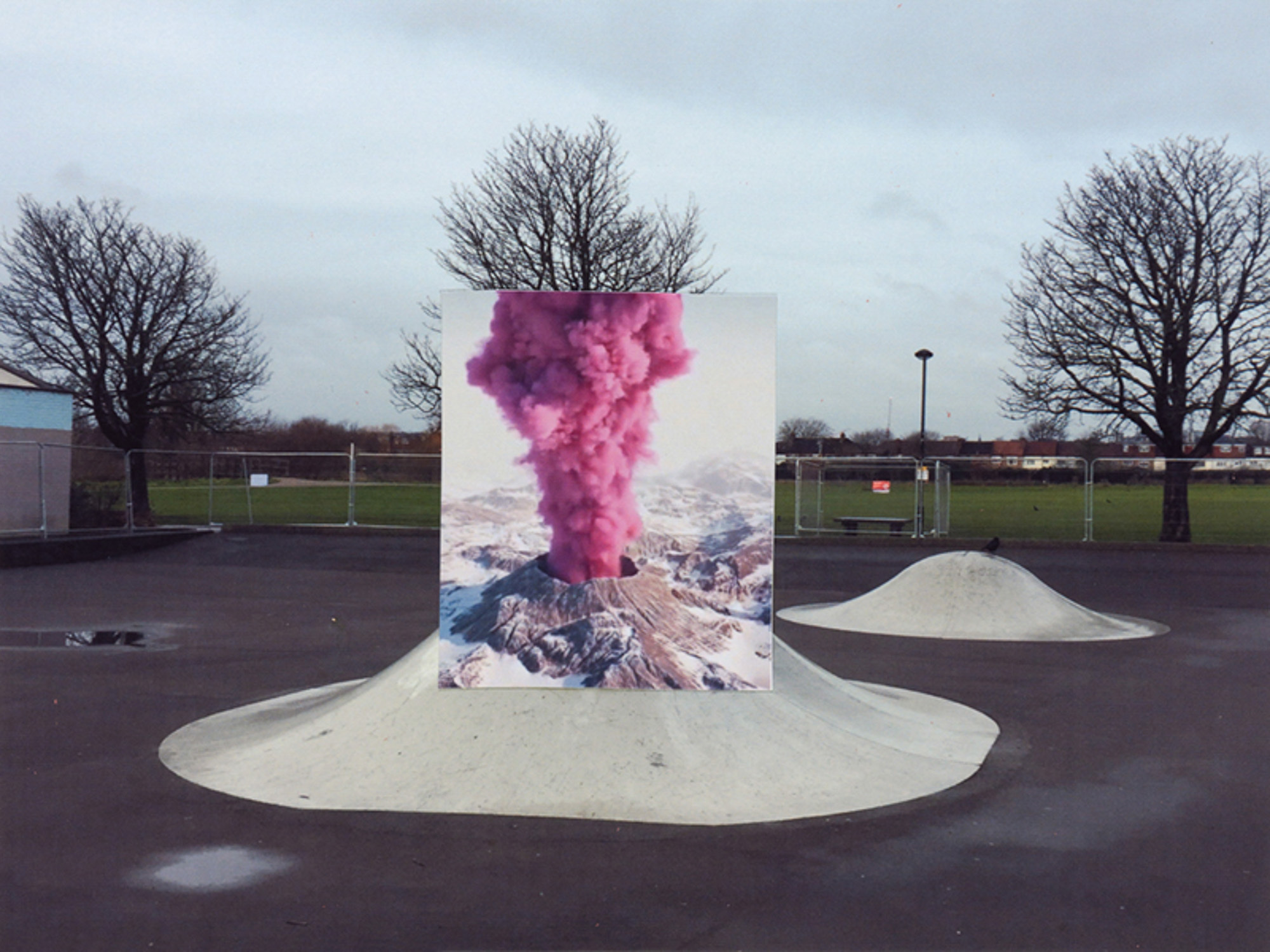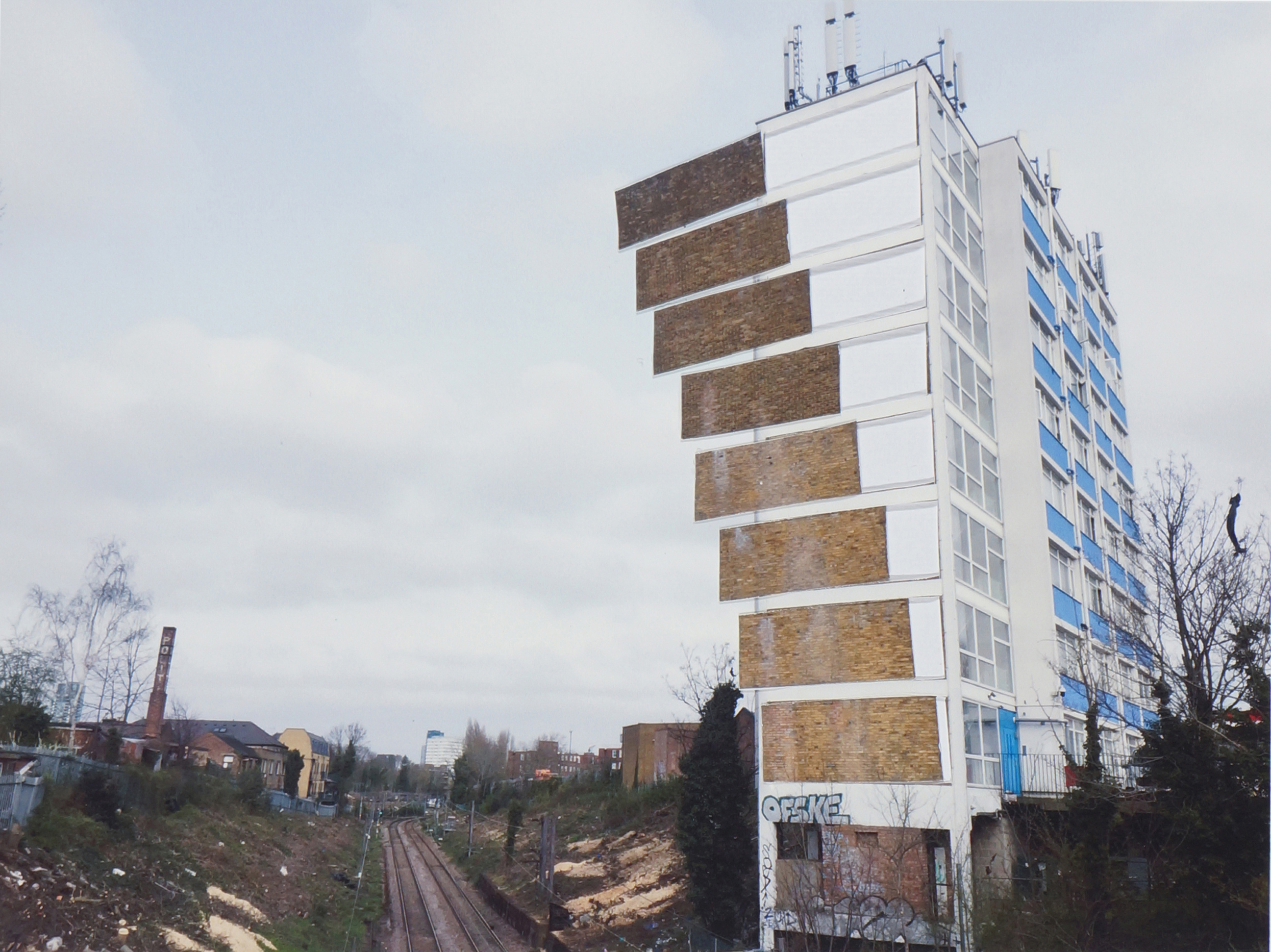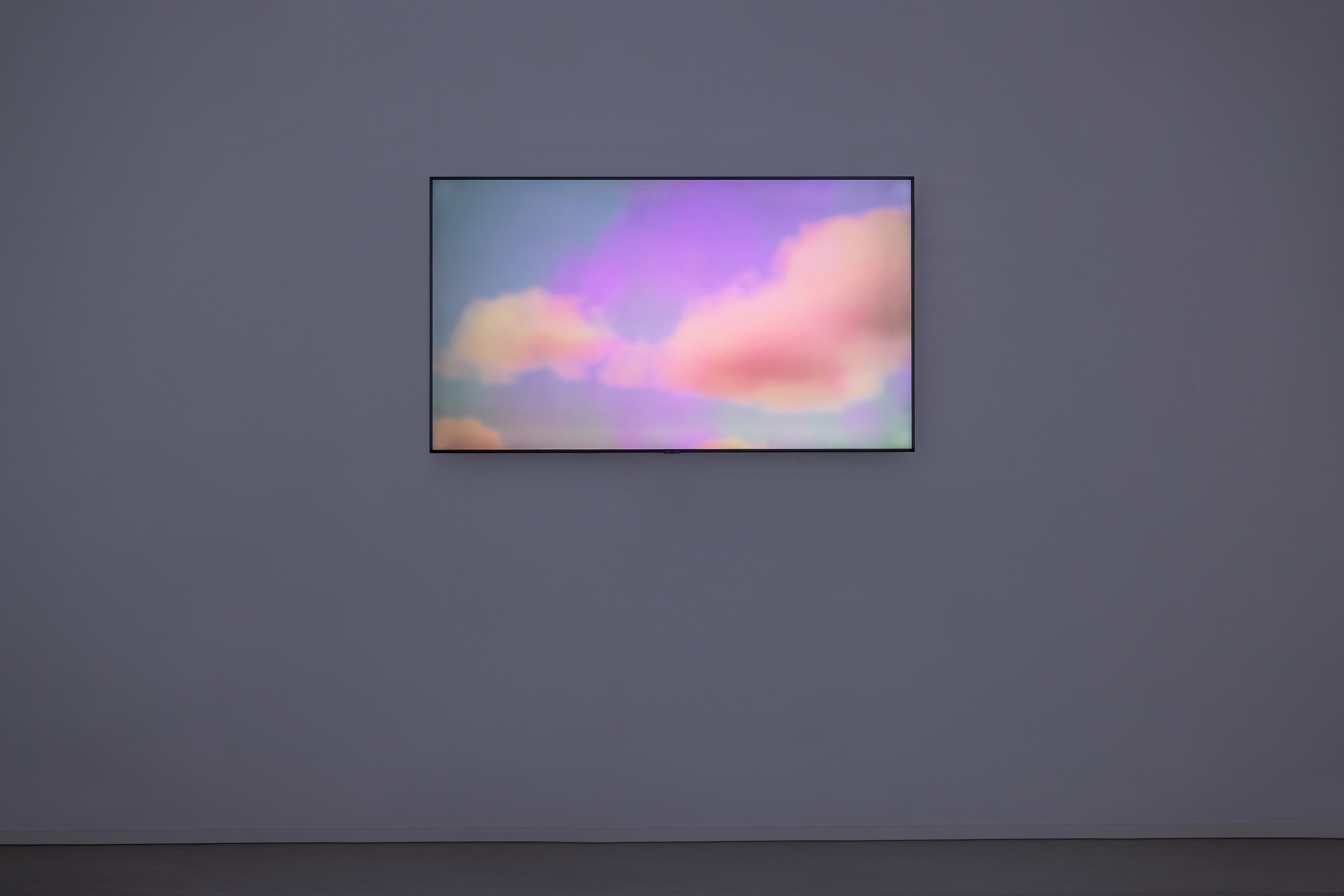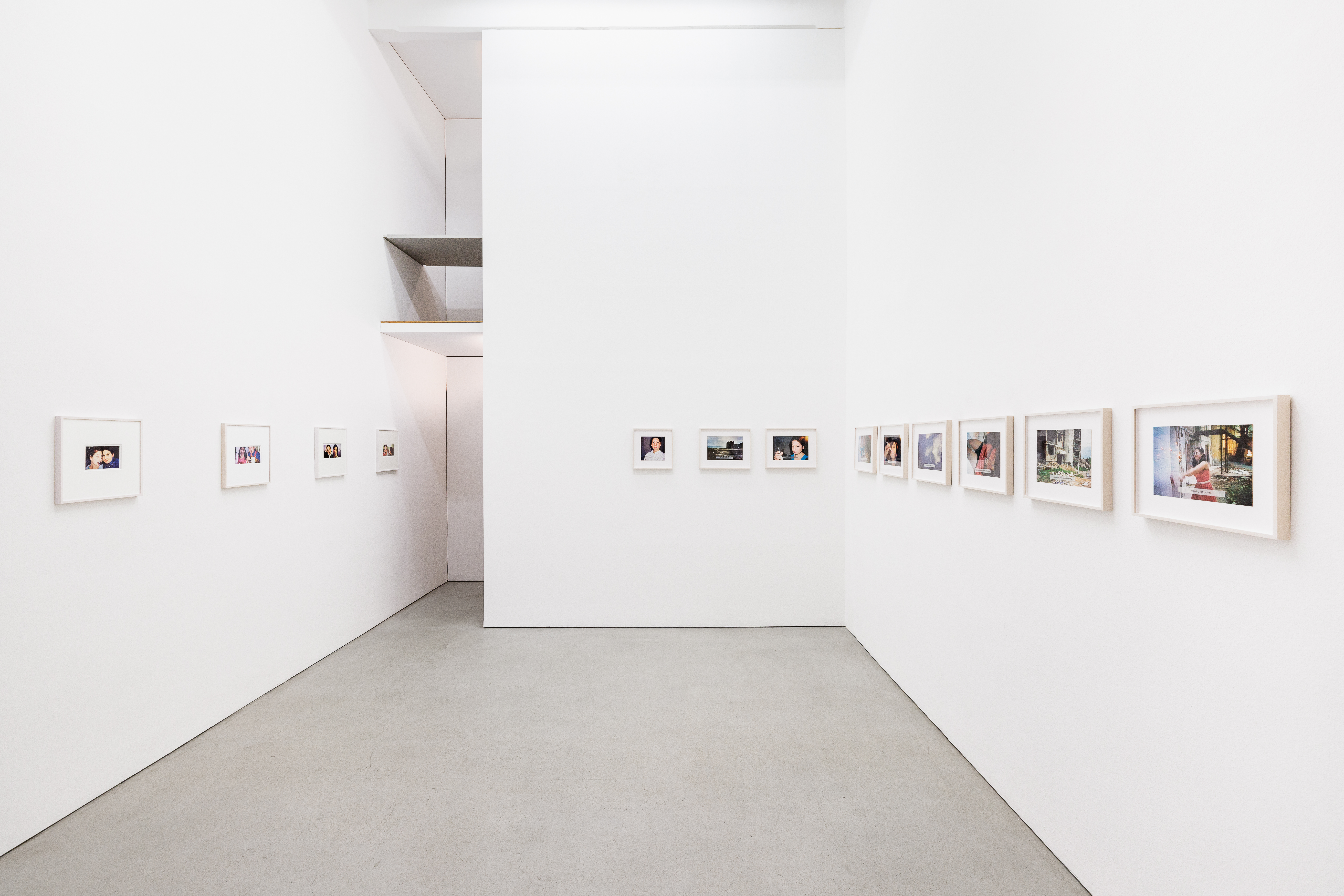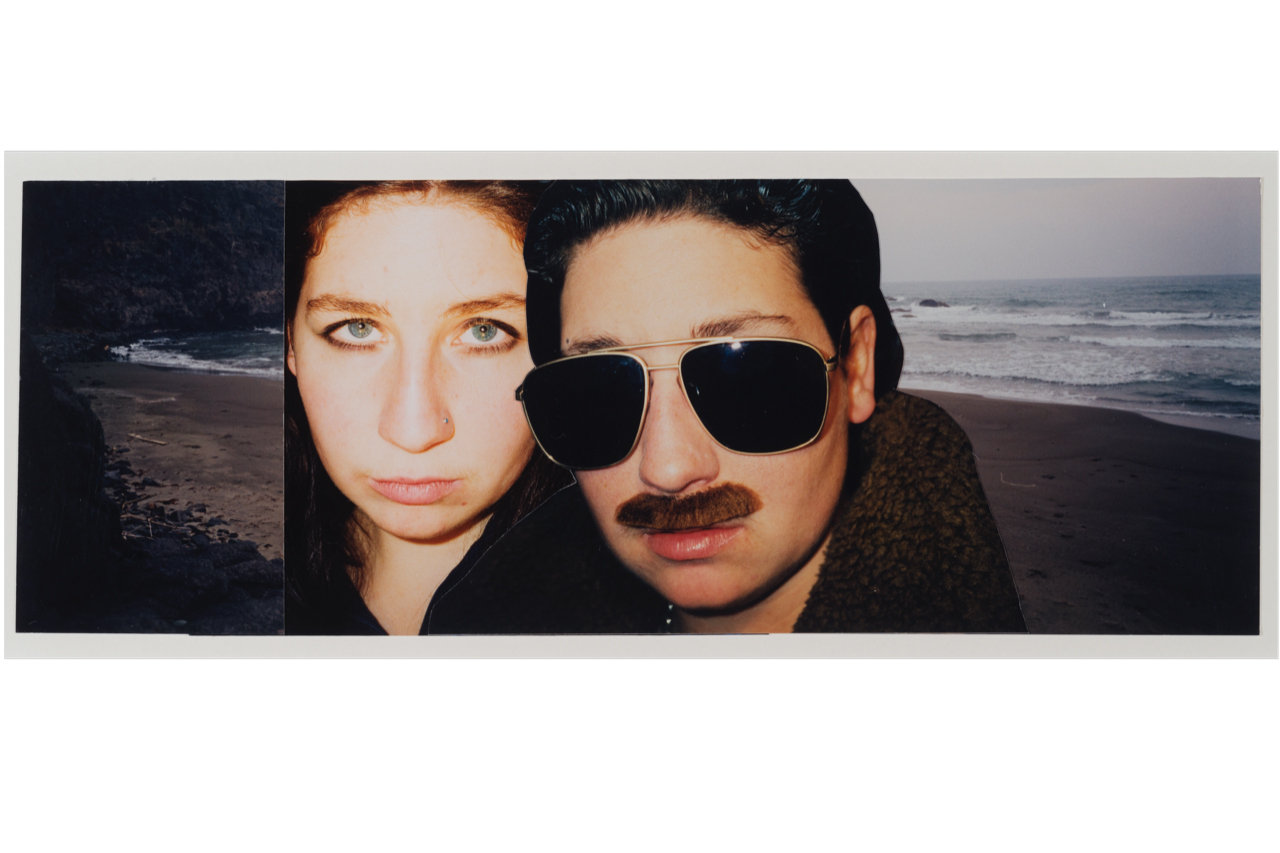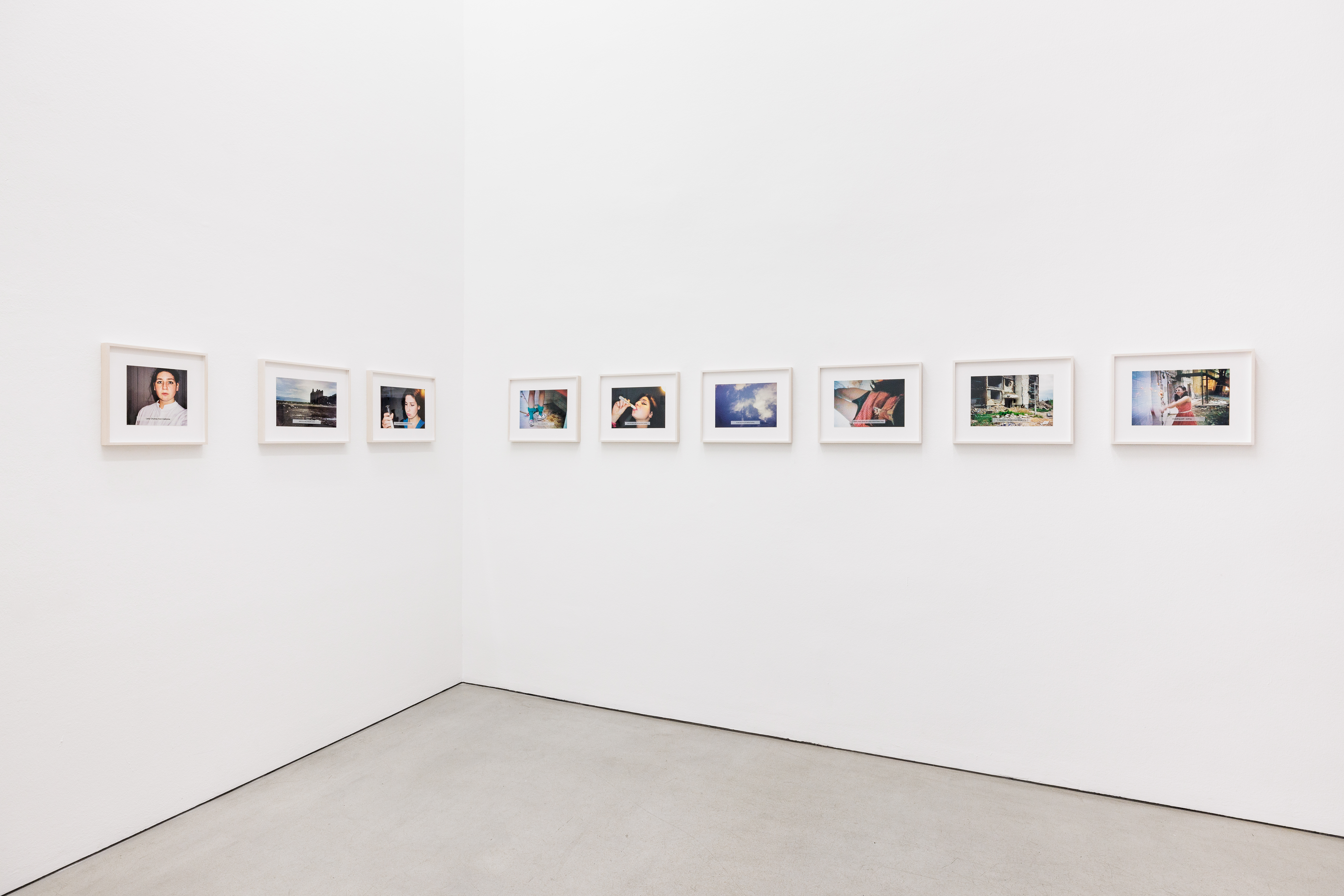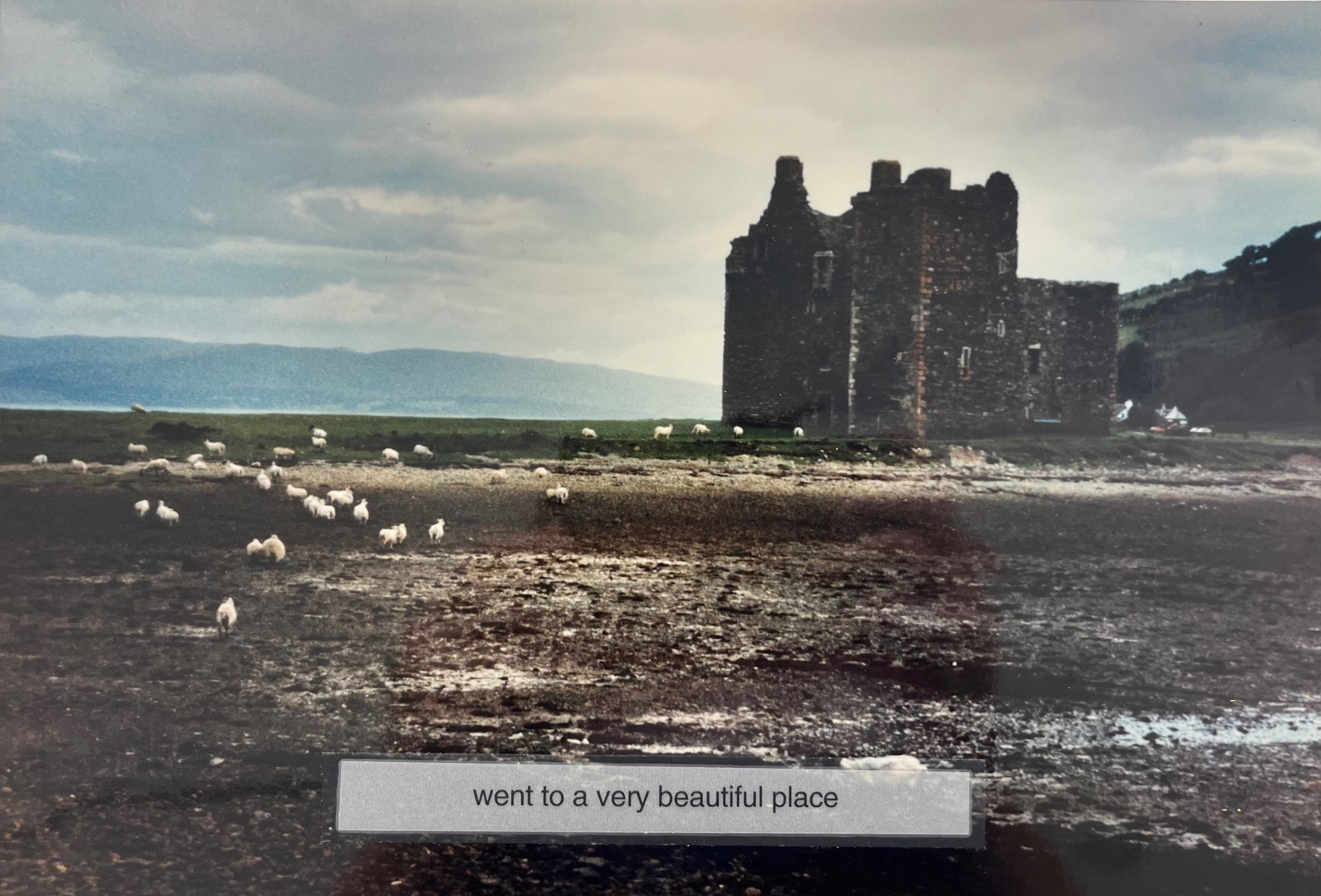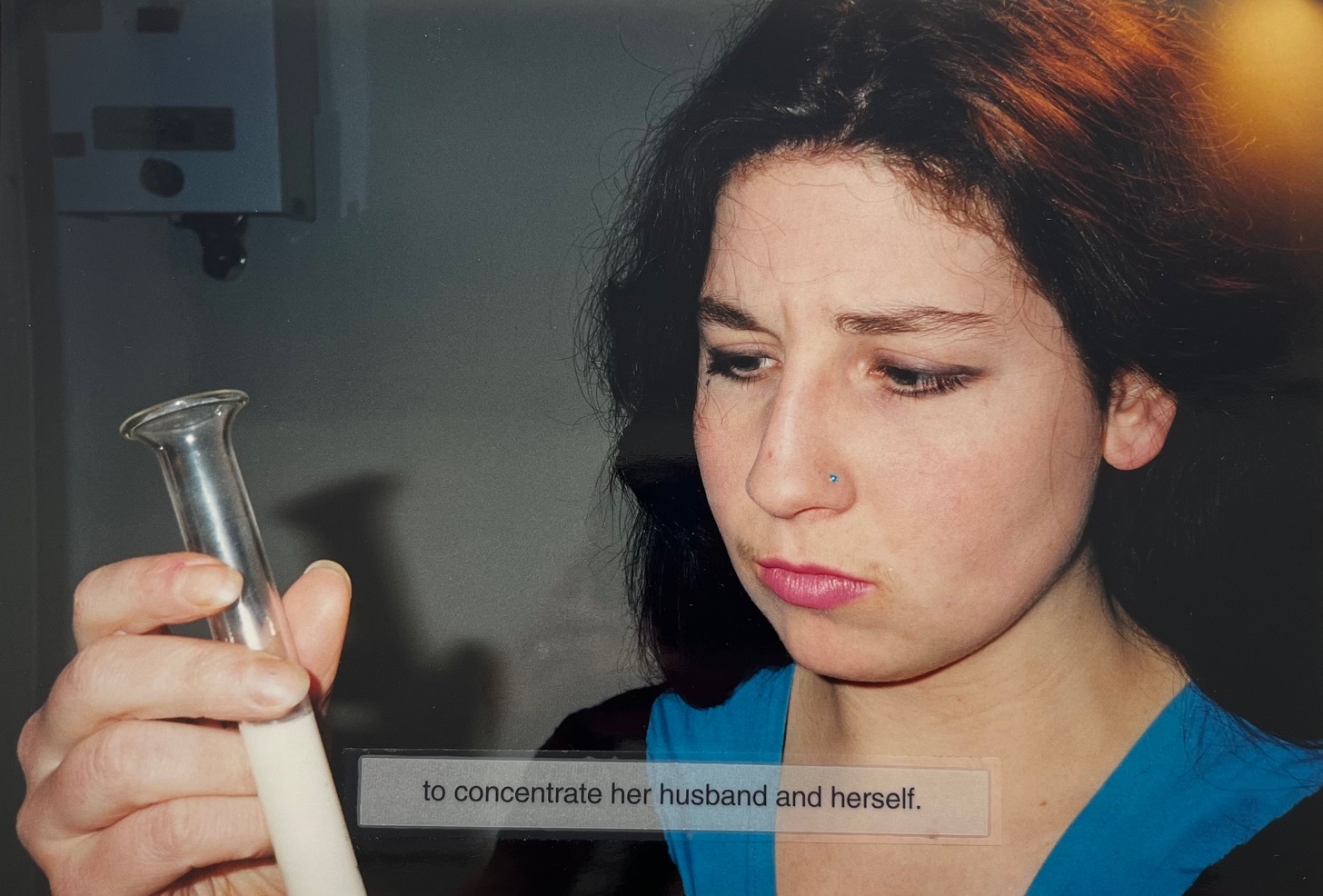—
curated by Kate Sutton
You You
Gabriele Beveridge, Tenzing Dakpa, Katrina Daschner, David Fesl, Doris Guo, Vlatka Horvat, Ketty La Rocca, Mario Mu, Mercedes Mangrané, Rosa Rendl
“you you” tends to jam the visual and mental process
and to reduce language to simple “bits” of information
and make immediately clear the asymptote of alienation
“you” also means i, i have no alternatives, i save myself in my own hysteria, with the unrepeatable gesture of writing myself by hand
- “You You,” Ketty La Rocca, 1972
In one of her poesia visiva from 1972, artist Ketty La Rocca set forth a kind of mission statement for the work she would develop in the decade to come, executing a simple, but effective violence on the linguistic structures that determined her environment. In You You, a ten-part work from the same year as the poem, the artist juxtaposed photocopies of hands and their “reductions,” abstracted contours of the mechanically produced images. She then labeled multiple regions of this imperfect cartography “You” in a willful act of both alienation and inclusion.
This work serves as the point of departure for this group exhibition, organized by Kate Sutton as part of the CuratedBy festival. In the impulse essay for this year’s edition, Nuit Banai embraces the partiality of archives as “both a condition for violence and an impulse for hope.” As a theme, “Untold Narratives” encourages a correction of the increasing polarity of our times by opening the field to new voices. However, to truly counter this partiality, we must recognize that these biases also determine what is considered legible. In other words, some narratives have remained “untold” not just because of who is telling them or under what circumstances, but because we have not been trained to recognize them as narratives.
The artists gathered in the exhibition You You follow La Rocca’s lead in proposing idiosyncratic means for assembling or interpreting archives of their everyday experiences, allowing form and technique to open up new methods for conveying information. For artists like Tenzing Dakpa, whose photographs document life in his family’s hotel, this is a question of playing against visual expectations. For others, like Gabriele Beveridge, Rosa Rendl or David Fesl, it is a matter of offering alternative interpretations of common objects. Mario Mu and Doris Guo experiment with the technologies of image-making, from drones to home-made projectors. Mercedes Mangrané recasts intimate and seemingly incidental moments through watercolor and oil on canvas, while Vlatka Horvat and Katrina Daschner offer a witty rescripting of the world around them through collage and assemblage. Together these works introduce tiny frictions into the gallery space, conjuring the “asymptote of alienation”—an estrangement that is simultaneously an affirmation—that La Rocca mentions in her poem.
Kate Sutton
